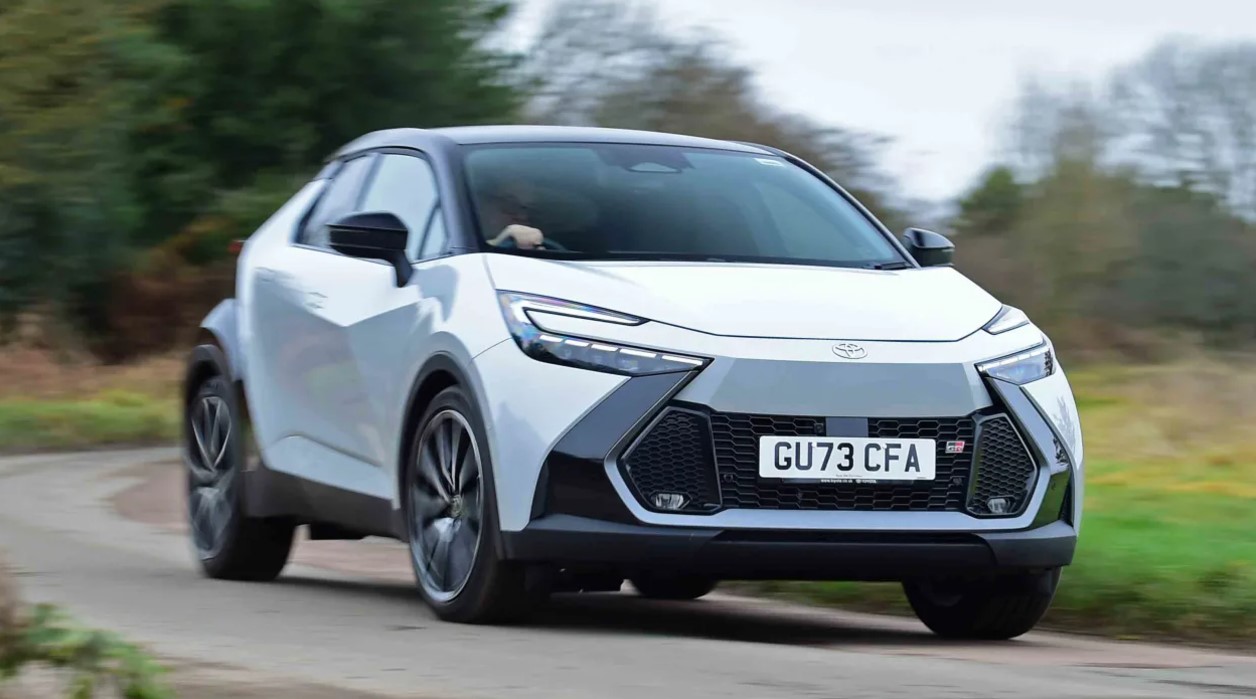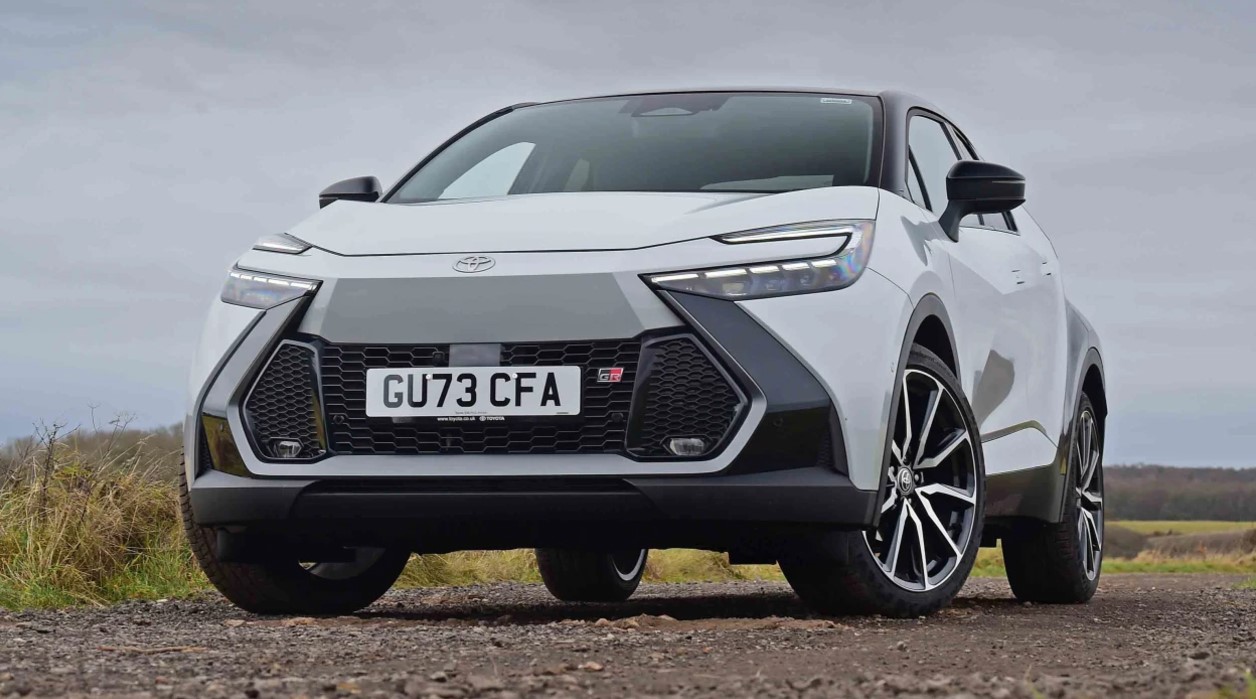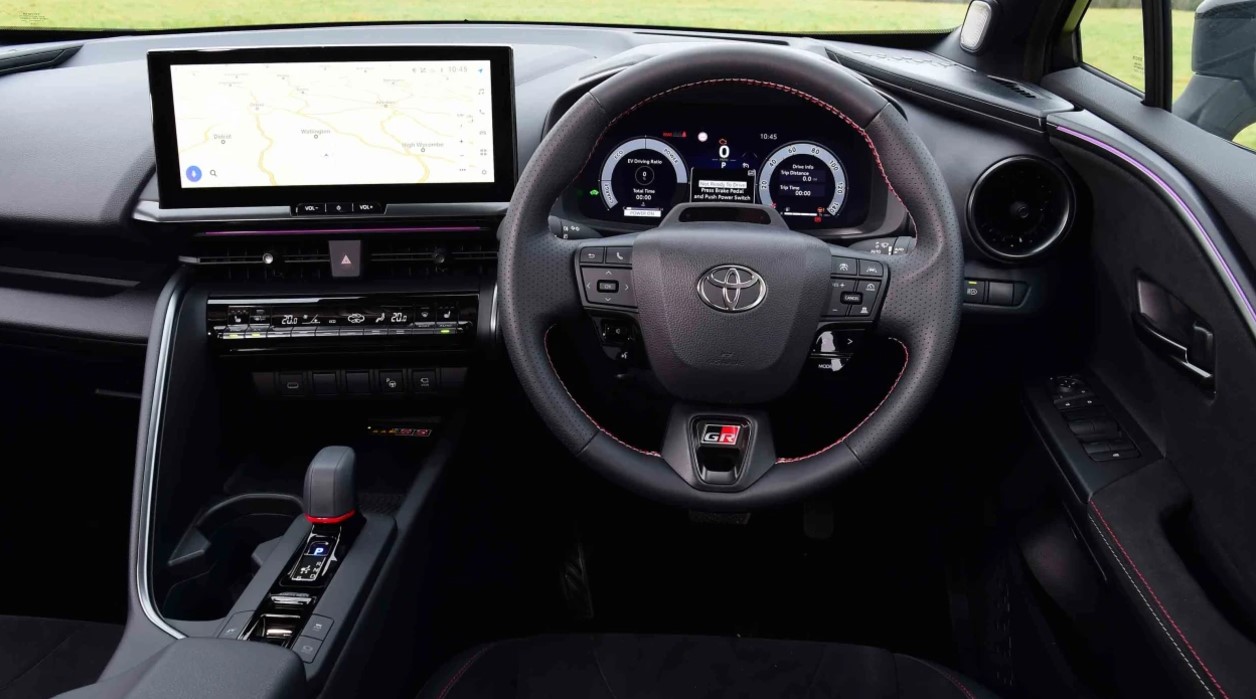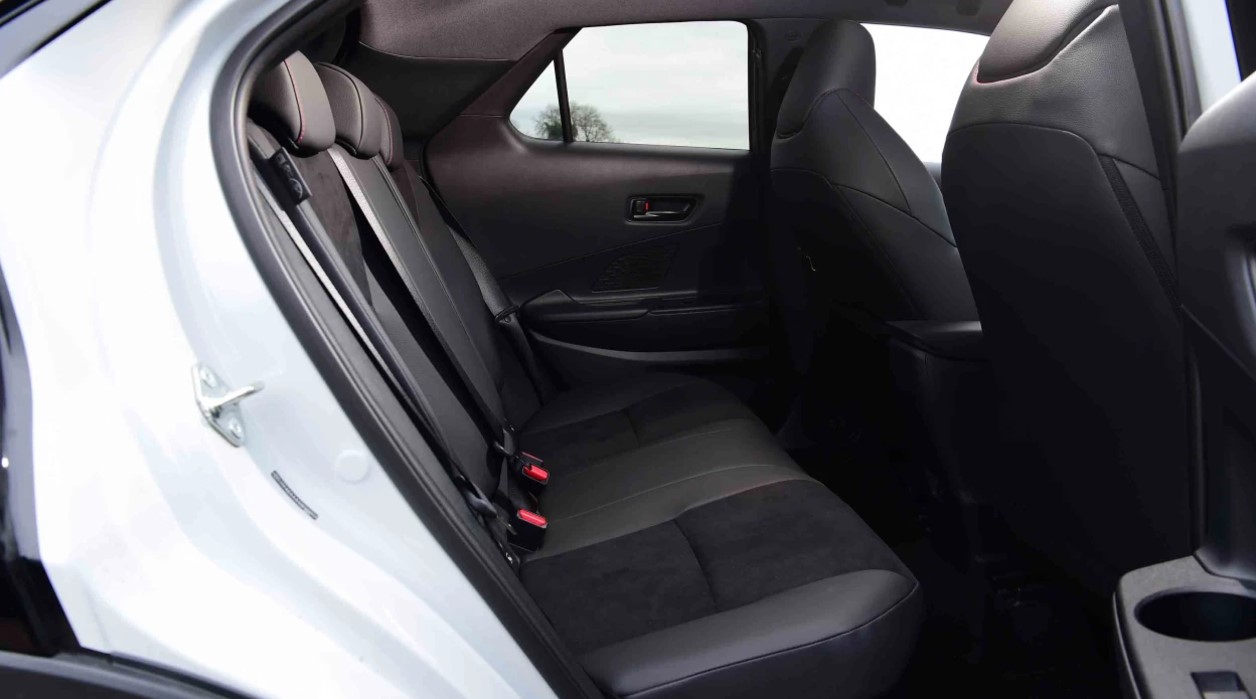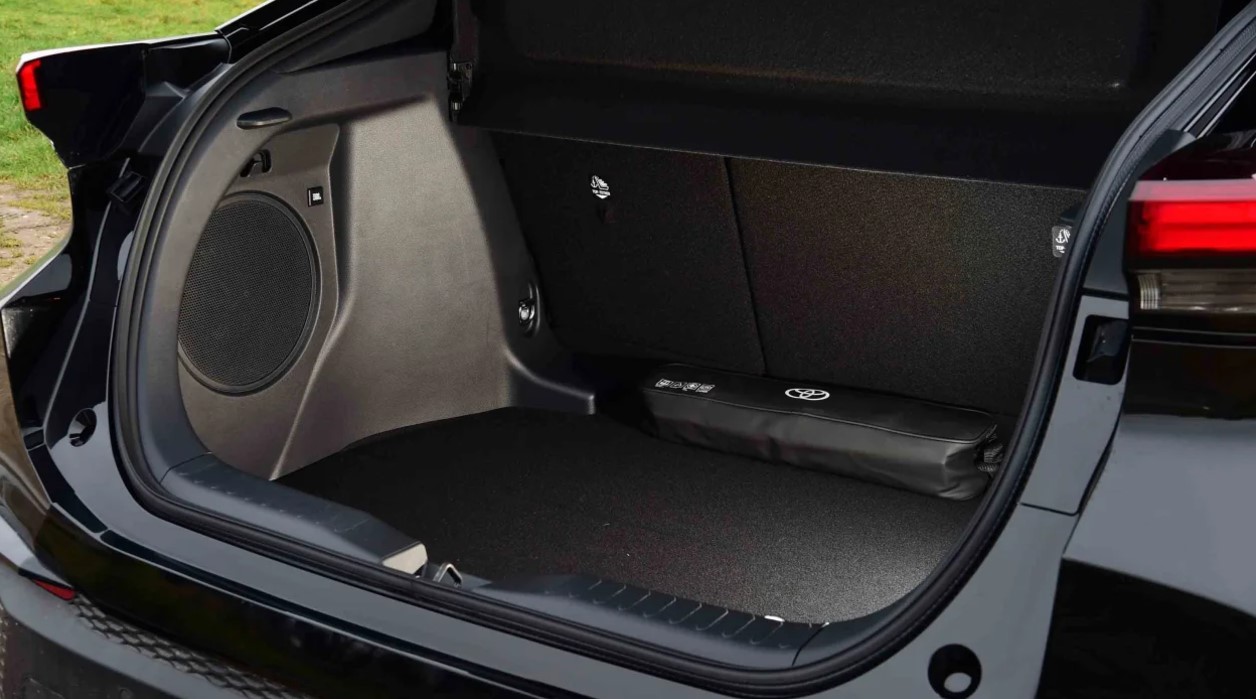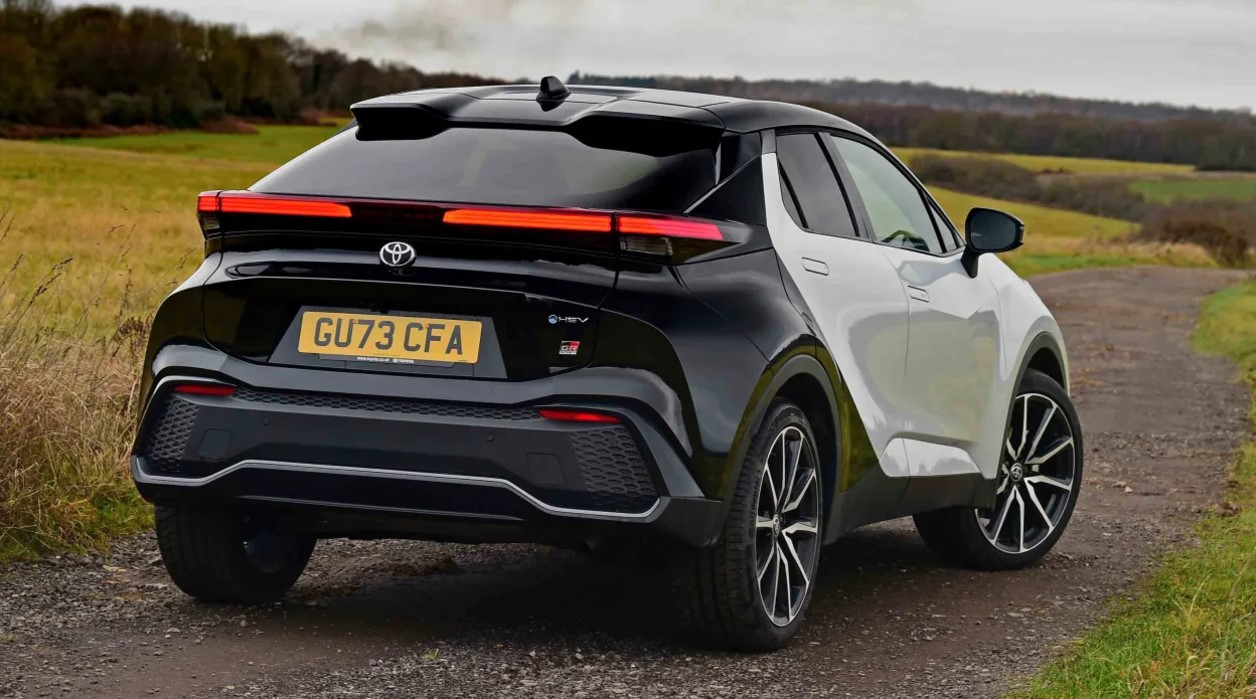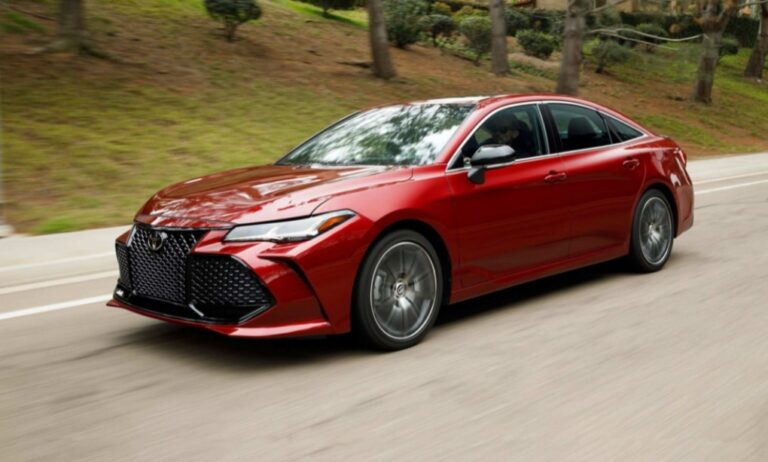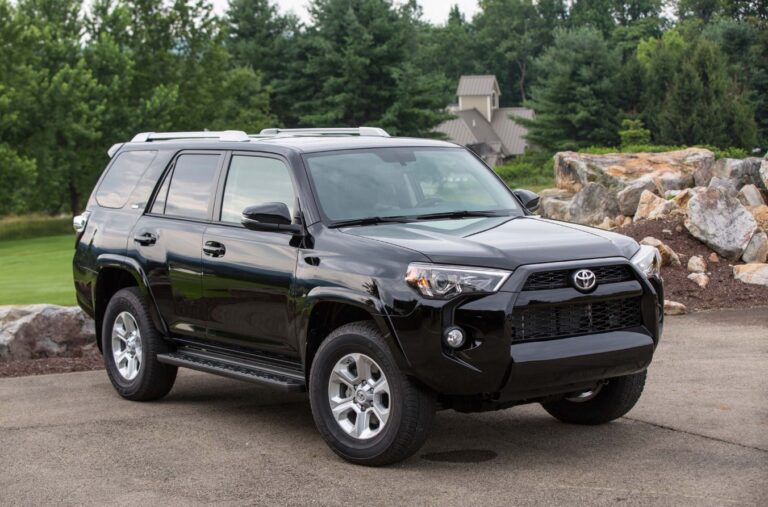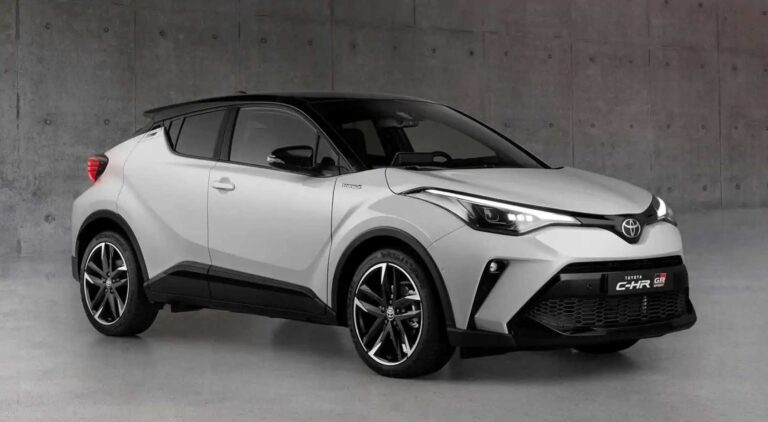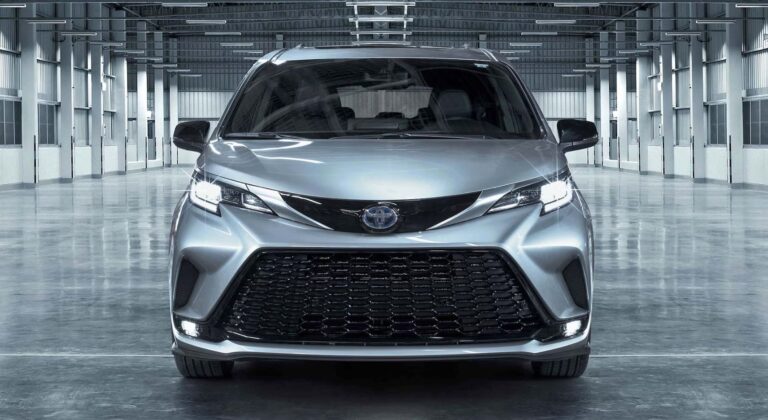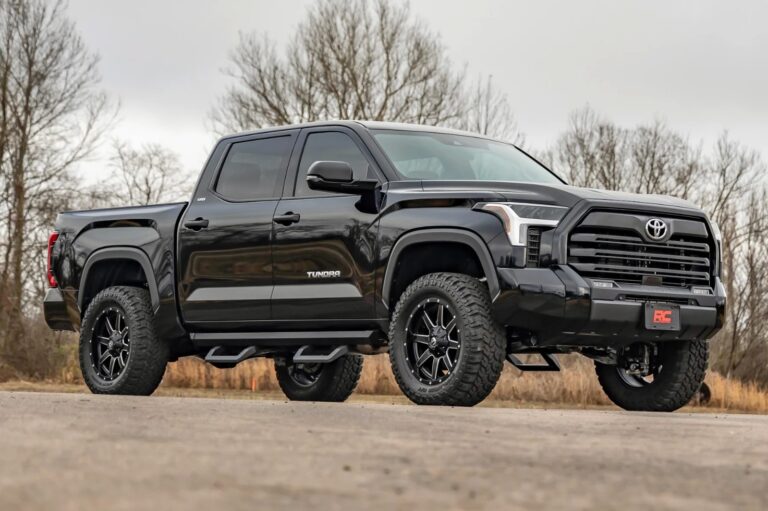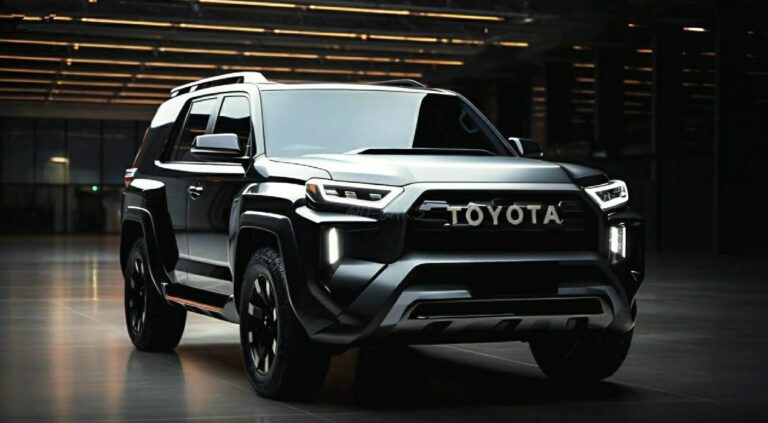2026 Toyota C-HR Review, Specs, Price
2026 Toyota C-HR Review, Specs, Price – In case you didn’t know, the 2026 Toyota C-HR stands for Coupe High Rider. But now you do. The second-generation 2026 Toyota C-HR took the place of the well-liked first-generation model, which was offered from 2016 to 2026.
Its rivals include the Hyundai Kona, Honda HR-V, Kia Niro, Nissan Qashqai, Renault Captur, and Suzuki S-Cross. Both plug-in hybrid and full hybrid versions are available for this reasonably priced hybrid SUV. 2026 Toyota C-HR Review
Table of Contents
2026 Toyota C-HR Redesign and Update Plan
Exterior & Interior
Toyota’s designers should be commended for taking chances and improving the original 2026 Toyota C-HR’s striking look. Rather, the latest 2026 Toyota C-HR is even more impressive than the previous generation, and the GR Sport version frequently features two-tone paint to enhance its appearance.
There are many trim choices with various roof colors available for an additional £350. There are four metallic colors with a “Bi-Tone” contrast roof, two premium colors (the latter of which may cost over £1,300 when selected in two-tone form), and one complementing Pure White color.
The stylistic concept that made the original 2026 Toyota C-HR so popular has mostly been maintained by Toyota. Higher-spec cars contain amenities including a 12.3-inch infotainment system touchscreen, wireless smartphone connectivity, and a completely digital instrument panel (the 2026 Toyota C-HRs with lower specs only have an eight-inch display).
Toggle switches positioned in the center of the dash regulate the ventilation system and heated seats, while the main interior portions are composed of premium plastics and significant padding. We prefer having real, physical controls because they are more convenient to use while driving, as opposed to the completely touchscreen-based systems found in the DS3 and Peugeot 2008, which can be more distracting because you have to look away from the road to find the right area of the screen to press.
The 8.0-inch screen included in the base Icon 2026 Toyota C-HR is smaller than the 12.3-inch screen used in other Toyota cars, such as the Toyota bZ4X. The previous 2026 Toyota C-HR’s infotainment system appeared outdated. The latest screen’s performance and layout have been improved. However, it still can’t match the Hyundai Kona’s extremely powerful and even faster infotainment system.
In the middle, Design-grade cars now come equipped with wireless charging ports in addition to sat-nav. All models include Apple CarPlay or Android Auto if you want to use your phone rather than the infotainment system and integrated apps. Although all cars come with a six-speaker system by default, Excel trim levels have the option to upgrade to a nine-speaker JBL system. The premium GR Sport is equipped with this audio enhancement as standard. 2026 Toyota C-HR Review
2026 Toyota C-HR Specs
Engine & Performance
Because it is based on the same TNGA platform as the Toyota Corolla, the new 2026 Toyota C-HR boasts some exceptional driving abilities from the start. The 2026 Toyota C-HR performs well in cities because to its well-balanced ride, which can occasionally be a little tight. It has enough compliance to manage unexpected potholes and urban speed bumps to offer a more pleasant ride than a Nissan Juke, even in the top-tier GR Sport with the biggest 20-inch wheels.
If comfort is your first priority, we think the smaller 17-inch wheels of the Icon grade or the 18-inch wheels of the mid-range Design are the best choices. Because it doesn’t tilt as much as a Hyundai Kona or Honda HR-V, the 2026 Toyota C-HR features strong, accurate steering and great body control, making traversing crowded city streets a pleasure.
Outside of the city limits, the old 2026 Toyota C-HR struggled since it would often become quite noisy while trying to keep up speed up a hill, and the rpm would increase if you requested for more than mild acceleration. Even though it is the most powerful of its two traditional hybrid variants, the most recent 2026 Toyota C-HR seems to be far more pleasant for everyday use.
The engine will still drone if you ask for full acceleration, but the additional power will allow you to accelerate more quickly and go back to cruising sooner. Particularly on crowded highways, the 200 kg weight difference with the 2026 Toyota C-HR Plug-In Hybrid model was noticeable. Nonetheless, a number of suspension adjustments have maintained the exceptional body control of the base hybrid 2026 Toyota C-HR, and the ride still successfully reduces the majority of road noise.
Road noise and wind are similar to those of direct rivalry when driving on a highway. Since automobiles with large 20-inch wheels are frequently complained about for this reason, we expect lesser trim levels with smaller wheels to be quieter even if we could detect road noise.
The 2026 Toyota C-HR is a decent hybrid SUV when everything is said and done. Simply put, there is simply too much interaction between you and the engine for us to get the conclusion that there is a great deal of enjoyment or genuine driver involvement. You will need a small SUV, like the Ford Puma, with a gasoline engine and manual gearbox if you want to get the most out of your driving experience. You can, however, rely on the body control offered by the TNGA underpinnings, sustain a very high speed on a twisty road, and use deft accelerator inputs to make the gearbox behave more like a normal vehicle.
However, a word of caution. Since the 2026 Toyota C-HR must adhere to the most recent 2024 safety regulations, which include improved assistance technologies like lane keeping assistance and speed limit warnings, you’ll hear a lot more warning “bongs” while driving. Like us, we anticipate that you will become sick of these alerts and wish to turn them off. This may be accomplished via a menu in the digital instrument cluster, but it takes many button pushes and must be performed each time the vehicle is started.
The entire hybrid system makes the 1.8-liter engine and the 2.0-liter engine—the only conventional hybrid we’ve seen so far—run rather well around town. The 2026 Toyota C-HR has more than enough electric kick to drive away sensibly and quietly, and it looks totally at home while trundling around at 20 or 30 mph. The 2.0-liter engine of the 2026 Toyota C-HR produces 194 horsepower and can accelerate to 62 miles per hour in 8.1 seconds, which is more than enough for a car of this type.
The regular 1.8-liter Skoda Karoq with 138 horsepower may also perform well in the city, despite taking 10.2 seconds longer to accelerate from 0 to 62 mph than the 2.0-liter. Additionally, it performs better than a 1.0-liter Skoda Karoq, which completes the same sprint in nearly 11 seconds. 2026 Toyota C-HR Review
2026 Toyota C-HR Fuel Economy
The 2026 Toyota C-HR’s hybrid lineup will be significantly more fuel-efficient than rivals that just use gasoline, regardless of the engine choice. With “only” 57.7 mpg and 110 g/km of pollutants, the 2.0 Hybrid with the GR Sport option is officially the least efficient car. It is still much lower than the typical 1.0-liter Hyundai Kona, which often gets more than 10 mpg less.
The 1.8 Hybrid is even better, with emissions of 115g/km and a combined WLTP efficiency score of 60.1mpg, which is precisely the same as the similar Kona Hybrid. Our experience has shown that hybrid cars will outperform conventional gasoline-powered cars in metropolitan areas in terms of fuel economy. When the engine is in Normal mode rather than Eco, the car often indicates that it has used just electricity for over 70% of short journeys.
The 1.8 and 2.0 Hybrid models, of course, never need a plug, which is a big benefit for anyone who wants to convert to electric cars but doesn’t have easy access to plug-in charging at home.
Even if you are unlikely to get the combined 313.8 mpg rating (the name says it all), you still need to plug in the 2026 Toyota C-HR Plug-In Hybrid PHEV. This constant approach should result in even higher average fuel efficiency ratings. The road fee is reasonable given the impressive CO2 emissions of just 19 g/km.
The PHEV model always starts in the EV (all-electric) driving mode and uses the whole battery capacity before starting the engine. To attain the best fuel efficiency on longer excursions, you will need to employ the EV/HV (hybrid) mode. This is because, depending on inputs like navigation, driving style, and elevation data, the car will dynamically switch between engine and electric power.
Commuters traveling to a low-emission zone in the city center will have to convert to the HV mode in order to maintain the battery charged for later use while using just energy. It includes a special charging mode that uses engine power and regenerative braking to replenish the battery, just like other plug-in hybrids.
The plug-in model’s 13.6kWh battery should allow for up to 41 miles of driving on electricity. Using a 7.4kW wallbox charger to recharge a dead battery at home should take around two and a half hours.
For both standard and plug-in hybrid vehicles, the hybrid battery is covered by a separate warranty that lasts for five years and up to 60,000 miles. Nevertheless, the warranty may be extended by 12 months or 10,000 miles at a time following each service at a Toyota-approved dealer, up until the car is 10 years old or has 100,000 miles on it. Your warranty will be extended for an additional 12 months until the vehicle is 15 years old. You will then need to get your hybrid battery maintained once a year.
2026 Toyota C-HR Safety Features
The latest 2026 Toyota C-HR received a five-star safety rating from Euro NCAP experts, outperforming the Hyundai Kona and Honda HR-V, which received four-star ratings.
All models include autonomous emergency braking, which helps prevent or lessen low-speed collisions with surrounding people and cyclists. Adaptive cruise control helps you maintain a safe distance from the vehicle in front of you, while lane departure warning and lane-keep assist help you stay in your lane at higher speeds. Blind spot monitoring can notify you when other vehicles are approaching from behind while you’re driving.
Road sign recognition, which notifies you of changes in the speed limit and helps you avoid a speeding penalty, is also standard. An emergency eCall system will be used to notify the local emergency services in the case of a major collision.
The Design model further up the range features a rear-cross traffic warning system that alerts you to any automobiles crossing your path as you reverse into a road. In front of you, a front-cross traffic warning in Excel accomplishes the same thing. In rural places where overgrown hedgerows obscure your view at crossroads, the latter is particularly helpful.
We don’t yet have any dependability statistics for the 2026 Toyota C-HR because it’s such a new vehicle. The 2026 Toyota C-HR is not expected to do any better than the 2023 model, which in the 2023 Driver Power owner satisfaction survey ranked 25th out of 75 vehicles. Toyota ranked 12th out of 32 manufacturers, outperforming competitor hybrid SUV producers Honda and Nissan.
2026 Toyota C-HR Release Date & Price
One of the primary disadvantages of the 2026 Toyota C-HR is its expensive pricing. The Hyundai Kona-sized car begins at about £31,500, which is about where its rivals are priced. Which would you prefer, a more powerful 2.0-liter engine? Consequently, a GR Sport model will cost more than £40,500. Although the plug-in hybrid costs just over £39,000, our suggested Kona Electric model is far better for business drivers who must pay Benefit-in-Kind (BiK) tax.
Conclusion
The Toyota 2026 Toyota C-HR is a remarkable car because to its opulent interior, user-friendly amenities, and outstanding practical efficiency. It has several safety features and a variety of pollution-reducing all-hybrid engines as standard, much like the original. The designers deserve praise for preserving the bold aesthetic that made the Mk1 so well-liked, especially because the Mk2 version looks equally stunning.
When compared to competitors, the 2.0-liter model we’ve tried so far is somewhat expensive because it only comes in the most expensive GR Sport grade, even if it performs well enough for daily usage. The CH-R Plug-in Hybrid is best suited for corporate automobile owners who wish to lower their tax requirements, despite its expensive price. We think the well-equipped Design trim would provide better value overall, even if you have to go with the less powerful 1.8 Hybrid model.
Note: The details included in this blog post are derived from pre-release material that was accessible when the article was written. If you want the latest information, you should check official sources or call your nearest dealership.
